Like any other kid penning their coming-of-age story in the early 2000s, content creator Gigi Esguerra loved playdates borne out of makeshift materials. “I would put my feet inside pillowcases, wear lampin all over my head and act like a mermaid,” she says. “For the majority of us, I believe I can speak for the community that we already know who we are as far as we can remember it.” But what looked like simple afternoon play was a fragment of self-discovery. What was an act of imagination was a forthcoming reality.
Knee-deep in “Totally Spies!” “Powerpuff Girls” and “Polly Pocket” toys, Gigi already realized her deviation from heteronormative ideals—particularly for cisgender males— especially when her family brought it up. That’s when she felt something was different. “Actually I wasn’t conscious na ginagawa ko pala ‘yun. Sobrang daming bagay ‘nung kabataan ko which I felt like weren’t really big of a deal, that would eventually make me realize na ganito pala akong klaseng tao.”
Although her family played a part in her realization, they didn’t close the narrative for her. When she first came out as gay, she knew there was something more to unearth.
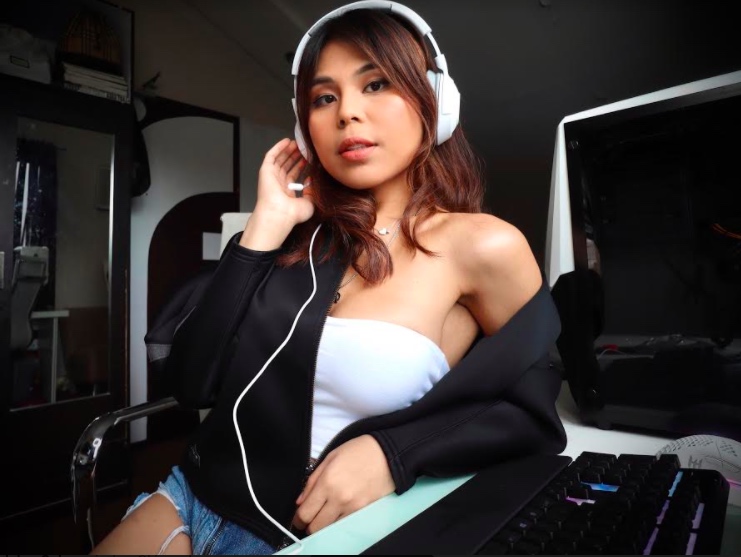
“For us trans women, we have this phenomenon of having to come out twice because there’s such a huge lack of representation here in the Philippines when it comes to transgender people,” the young content creator says. “Given that [my family was] raised in a very, very traditional household, they were very, very uninformed when it came to the LGBTQIA+ community.”
And this lack of awareness, she says, starts with the danger of Filipino linguistics. “This all-encompassing LGBTQIA+ spectrum can only be summarized in one term in our Tagalog language, which is the term ‘bakla.’” This verbal peril didn’t only affect her family or the society, it also affected her path to self-identity.
“At first, it was very, very hard for us to decipher kung sino ba talaga kami. Ang pagkakaintindi namin dati is ang gay boy is the same as being trans woman. So we were confusing our feelings with one another,” she confesses.
But thanks to helpful communities like her college group Ateneo Dollhouse, along with their resources and education, she eventually lived her truth. “It gave me some space to self-reflect and understand kung sino ba talaga ako.”
And for Gigi, safe spaces were created—those people who accept her for who she is. “My family, my boyfriend, my friends and Twitter.” Now, she’s become the safe space of the LGBTQIA+ community online.
Today, the trans community has been the subject of a lot of debates: Should we let trans women enter pageants? Should trans people disclose that they are trans on the first date? It’s a tough battle, but this trans erasure keeps Gigi’s grit and tenacity at an all-time high.
So we chat with Gigi about what there is (and what there isn’t) in the daily life of a trans woman. As we take a refresher on where we are in terms of LGBTQIA+ acceptance, we’re also reminded that the real fight starts after Pride Month—especially for the kids in mermaid blankets who have yet to find their truths.
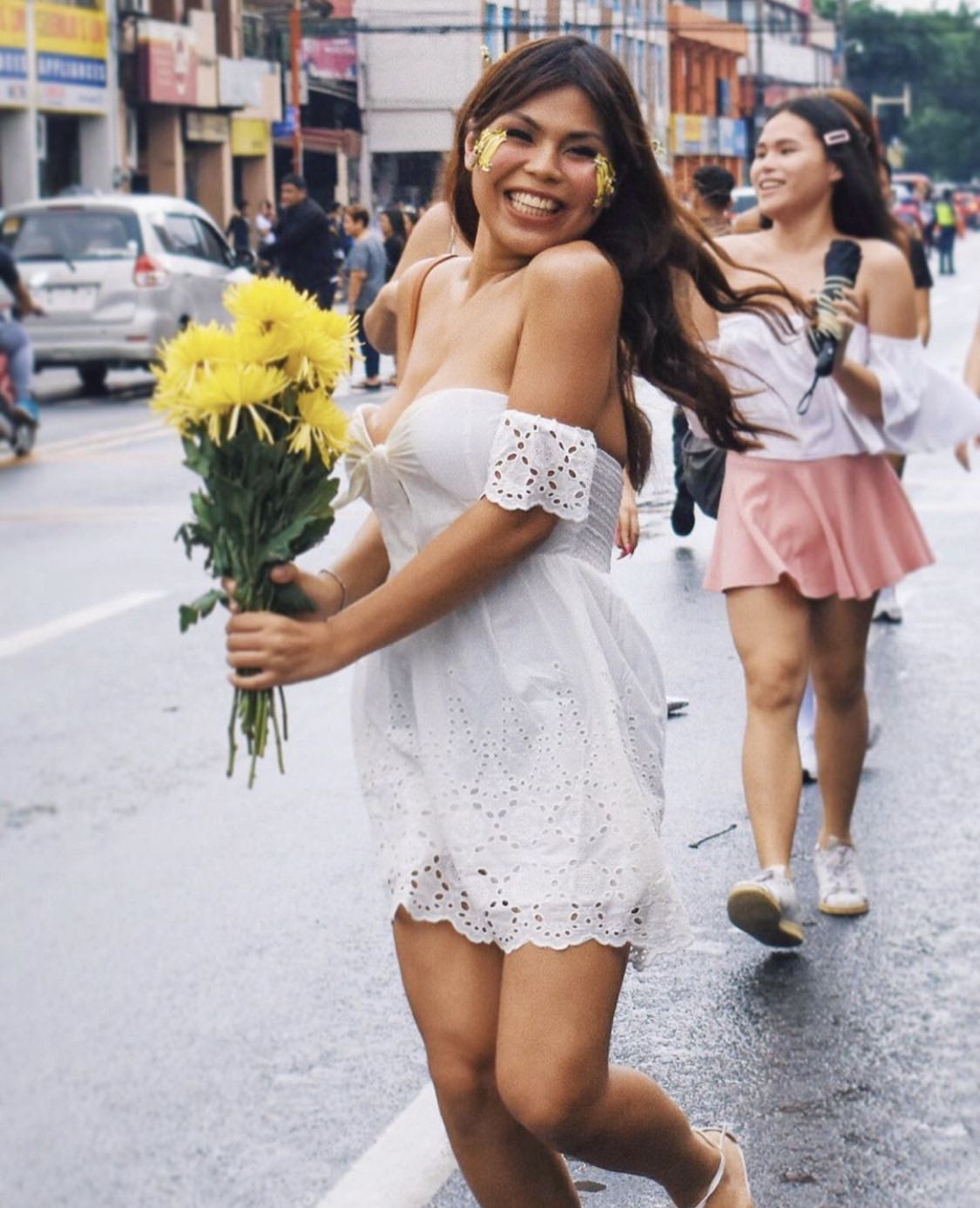
Photo by Michael Fritz
What were the rights you felt deprived of ever since you transitioned?
Prior to COVID, I always get anxiety whenever I go to the mall and use the public bathroom. My right to the bathroom is compromised because I’m scared that I might get discriminated for it, lining up to buy something is something I’m afraid because baka ma-misgender ako, answering phone calls is also something that gives me anxiety, which eventually leads to gender dysphoria because I’m afraid of my very, very manly voice, I might get discriminated for it and get misgendered.
There was a time when I lined up for the DFA. I was barred from renewing my passport unless I had looked like a guy. I remember, sabi nung person, “Di ko tutuloy ‘to, di kita pipicturan for your passport renewal unless tanggalin mo ‘yung makeup, aalisin mo ‘yung buhok mo, magbihis lalaki ka, kasi dapat ‘yung mukha corresponding siya dito sa ID namin.”
I also get scared walking out in public now because I’m sure there will be a lot of catcalling and I get sexually harassed by people if they have known I was a transgender person.
Sobrang daming bagay talaga, mga karapatan na meron ang mga cisgender ngayon ang hindi ko na dinadanas ngayon. And before, when I hadn’t come out as a transwoman, I had these rights when I still identified as a cisgender homosexual boy. Why must I, a fellow human being, be deprived of human rights? It’s just unfair for people to dictate kung ano na ‘yung karapatan na pwede naming kunin.
You’ve been a content creator for years and a part of your life has been accessible to everyone as long as they have YouTube. What drives you to be an open book online? Is this something you think you can do for years?
I’ve been an LGBTQIA+ advocate for the longest time, I feel like it is my obligation given that I have so much privilege on my hands. The reason why I decided to become an open book for so many people is that it’s important to have visibility for trans people. What I do on social media, what I do on YouTube is a way for people to see that we exist.
I believe in the saying that in this world of cruelty, in this world of prejudice and hate, and a world that’s out there to kill you, a simple act of living your truth as a trans woman is already an act of protest. Because living our truth, showing to the world that we exist is already challenging the current structure that we are faced with. A structure that has already oppressed us as minorities.
Because living our truth, showing to the world that we exist is already challenging the current structure that we are faced with. A structure that has already oppressed us as minorities.
I really try my best to bridge out lahat ng hinanaing namin at para maipakita rin sa mundo na umiiral kami, kailangan namin ng karapatan. Kasi we always just see cis gender people on YouTube and on media. But once people get to see a transgender person being happily them, it gives them the epiphany na ‘“Oh my gosh, tao lang din pala kayo tulad namin. Walang pagkaka-iba.’”
And that can allow these people to become more caring towards us. That we’re not some sort of enigma in their eyes, that we are something they can engrasp and see that we have a similar core. And that is our humanity and we share that, all of us share that. Kaya para sa akin, gagawin at gagawin ko ‘tong pagiging open book ko hanggang makamit namin ang gusto namin.
Where are we in terms of public acceptance of the trans community? What can be done for greater acceptance?
Ang layo pa natin. Sobrang layo pa natin sa gusto sana naming komunidad.
We’ve done so much progress already naman kahit papaano. More and more people are more aware and accepting of trans people and I can see that in social media kasi information is widely disseminated. And because these people in social media are better educated and have a better grasp of trans people, they have the lesser tendency to discriminate. Kaya in my community on Twitter, di ako nakakaranas ng ganyang kalaking diskriminasyon.
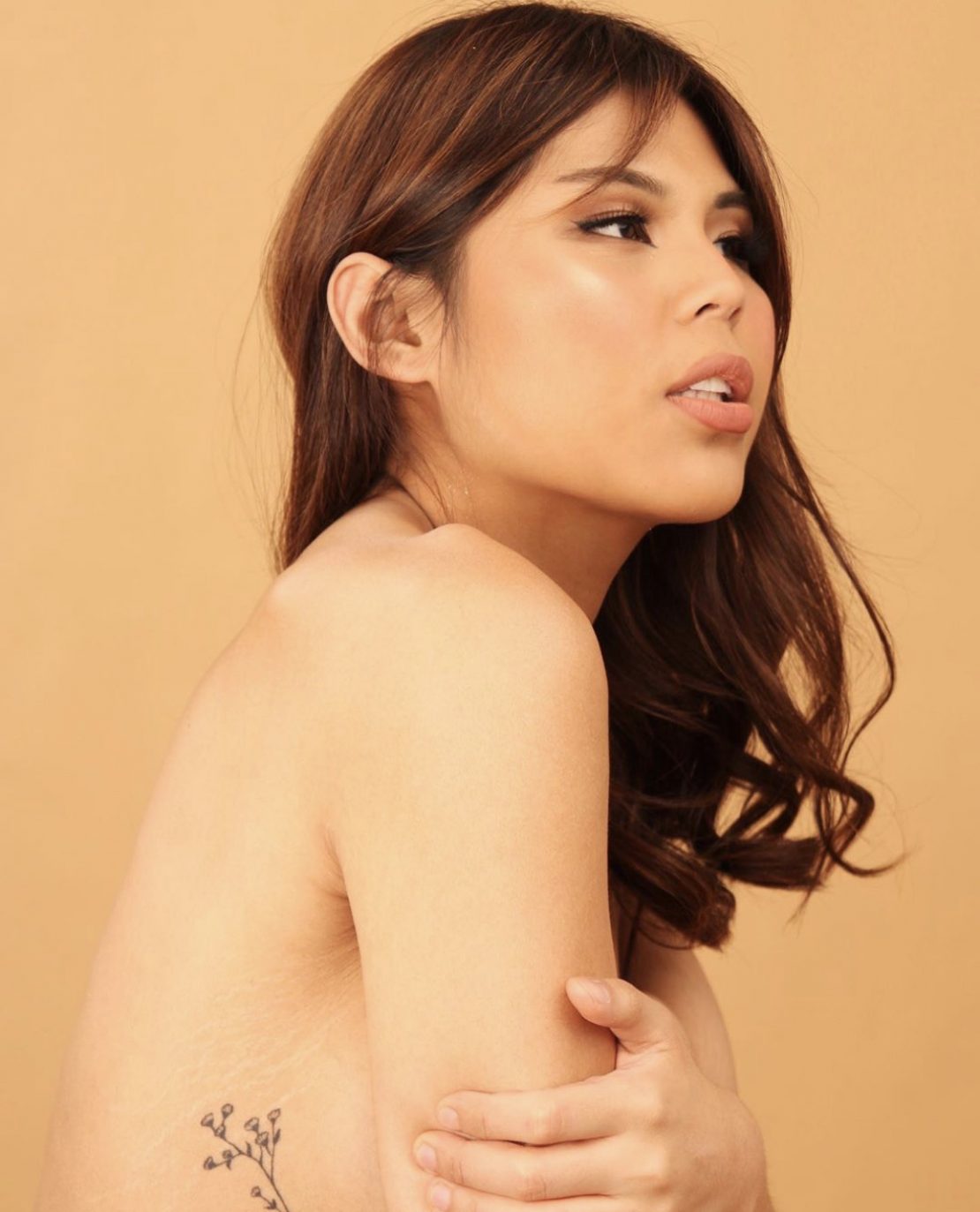
Photo by Thu Rees
Sobrang layo pa talaga natin sa gusto nating espasyo para sa komunidad ng mga trans people. Ang dami pa ring transgender people ang pinapatay just because they’re living their truths.
[Kama-kailan] lamang. Gretchen Diaz, nakulong [sa] banyo. Not so long ago, Jennifer Laude got killed for being a transgender person. Right now, Kevin Balot has statements, a fellow trans naman has statements that are very transphobic. If you read all the comments, there’s no remorse for the words. Imbis na kaawaan sila, kami pa apparently mga perpetuators, parang kasalanan pa namin na pinatay kami. Humahangad kami ng karapatan.
Hinding-hindi niyo masasabi, ni hindi ko masasabi na tanggap pa kami dito sa bansa namin. Hangga’t hindi pa kami nakikita bilang tunay na babae ng lipunan, hindi kami titigil lumaban. Patuloy ang laban para sa kababaihan namin.
What I noticed was that more people became more accepting once they had been educated. Education is key. Let’s all try our best to disseminate information and let’s try our best for better trans representation and let’s raise the visibility of transgender people. Because the more people understand us and see our humanity, the more they will be empathetic to our cause. They will be more caring of us and more people will become allies for the trans community.
What does being a good ally look like to you?
Being a good ally is recognizing our rights. Being a good ally is having the initiative to educate themselves and their peers. Being a good ally is fighting for us no matter how difficult it is.
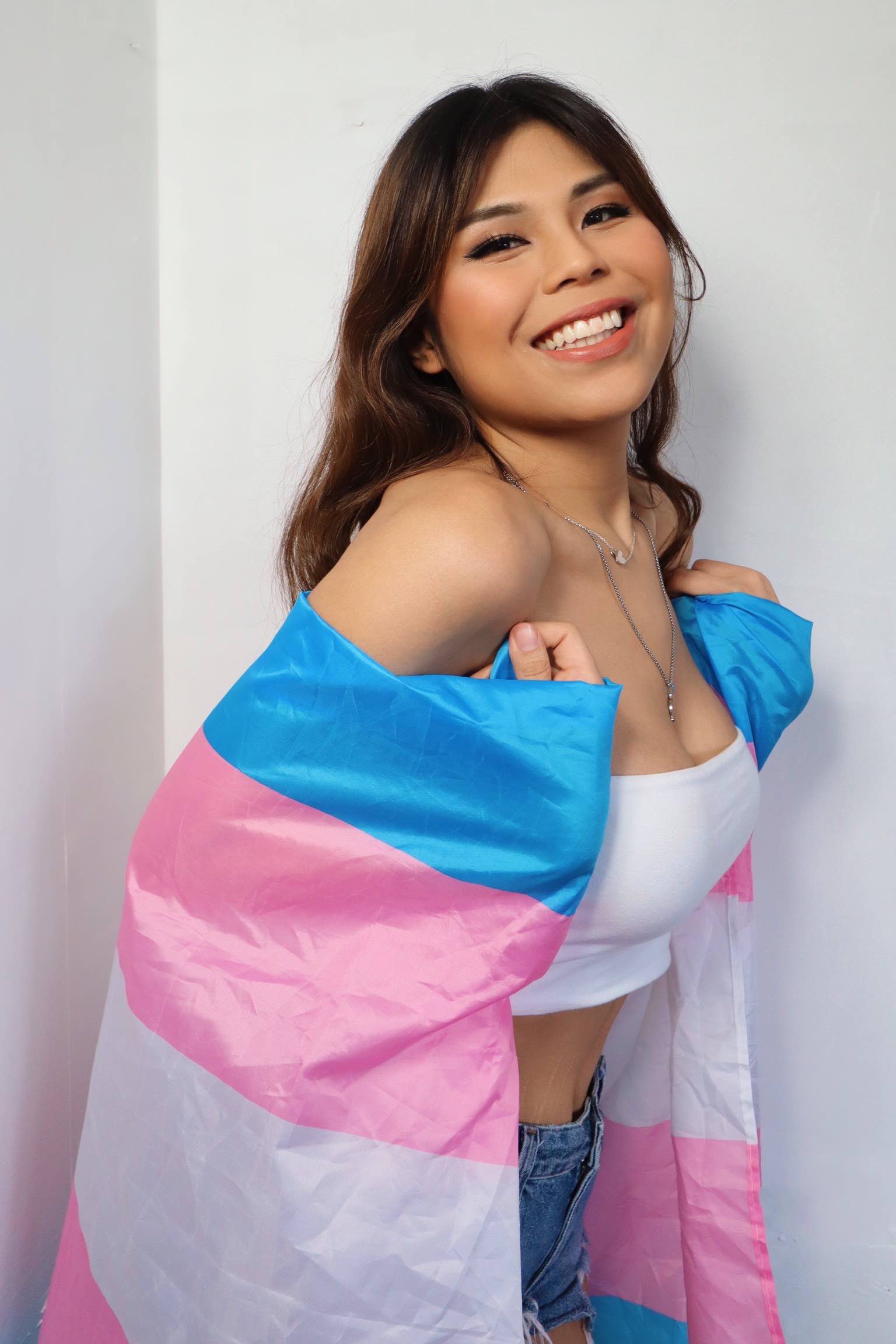
An ally sees us as fellow human beings and does not have any sort of reservation when it comes to our rights. A good ally respects our humanity and our fight. If there’s something that’s unclear, they will have the initiative once again to educate themselves why this happens, why we fight for these things. Ang ally, hindi mo masasabing ally yan kapag sinasabi mong kaibigan mo lang ang fellow LGBT person. Yes, there is a friend with someone who’s part of the community but are you truly an ally if you’re not making a difference towards the life of LGBTQIA+ people?
Sometimes people fall into the pit of performative allyship and they are simply doing it because it feels good for them, it gives them this Messiahanic complex. At hindi because trendy ang pagiging supportive sa LGBTQIA+ community ay gagawin mo na lahat, kapag di na siya trendy, titigilan mo. That’s not how allyship works.
Be a safe space for them. Tthat’s part of being a good ally.
Art by Jenny Masangkay


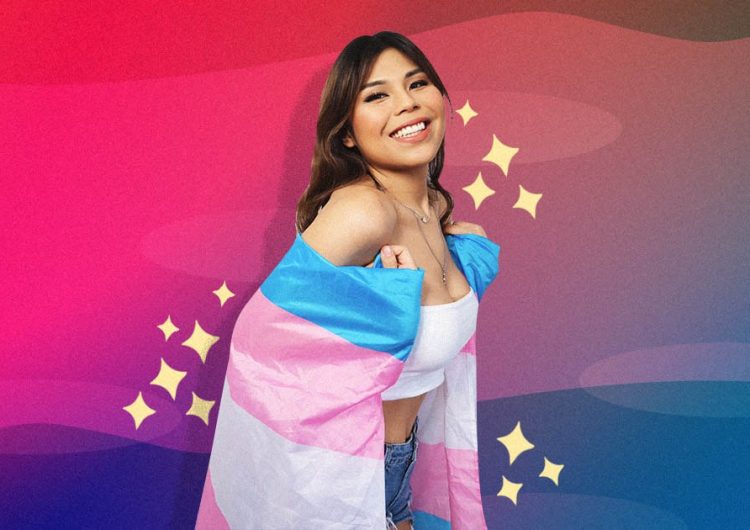













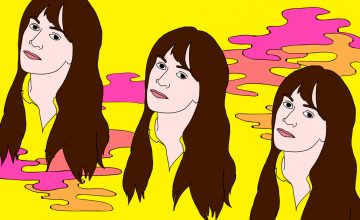
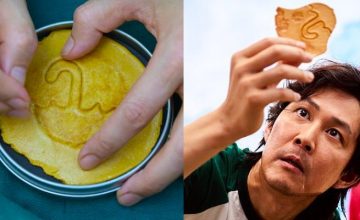
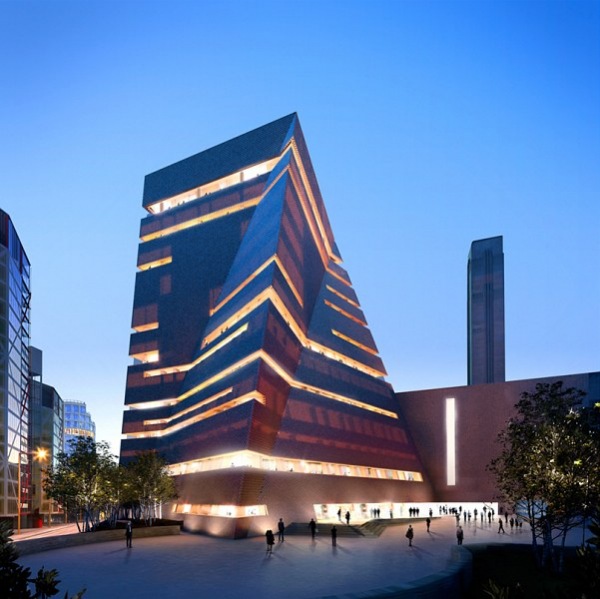






Comments